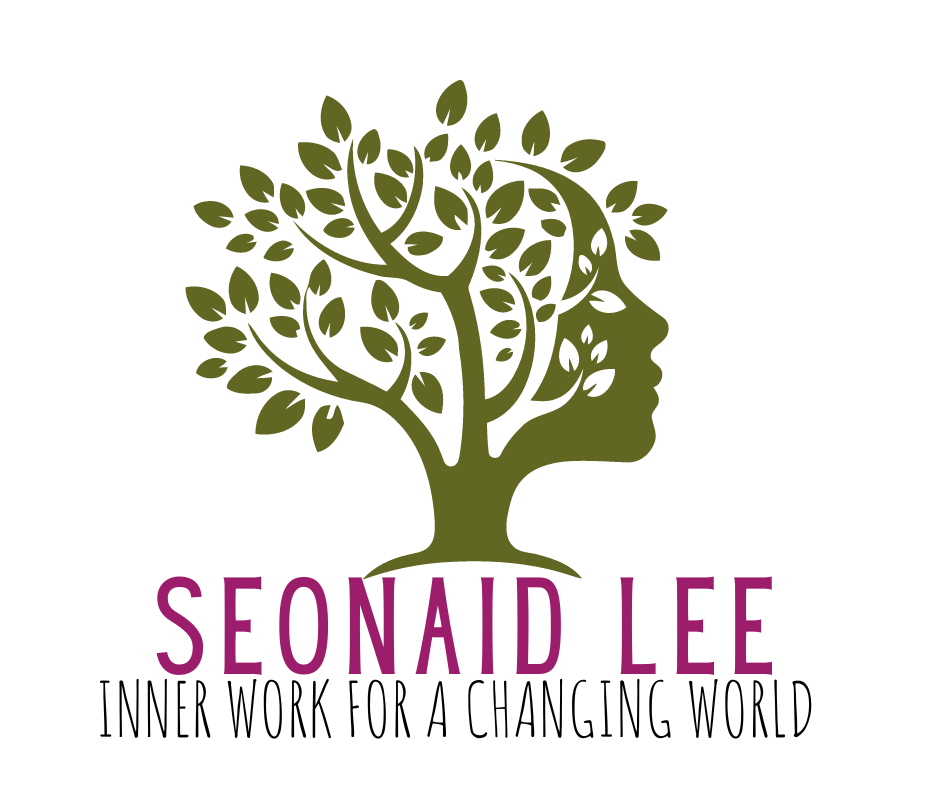“Give me an occupation, Miss Dashwood, or I shall run mad.”
– Colonel Brandon, Sense and Sensibility. Movie adaptation, 1995
I think a lot of us are in that state, caught up in fear and grief, and the anticipation of more grief to come. We want to do something, but we are entangled in emotions, and it is hard to know what actions to take.
Today, I want to introduce you to (or remind you of) three practices that can help you clear that grief so that you can find your way back to action. These are beyond self-care; they are ways to walk through the fire to get to the other side.
1. Metta – Loving Kindness
Counter-intuitively, Metta, or the focus on loving-kindness, can be a very difficult practice. It involves cultivating a sense of love and kindness in your heart, and then giving it away.
So far, so good.
You start with yourself, and the people who are close to you, but as you practice, you move out to further and further removed people (and beings), to eventually encompass all sentient beings.
This means that, at some point, you have to pass a level of sending loving kindness to somebody with whom you have a conflicted or difficult relationship. In my experience, my mind often focuses on whoever is triggering the most pain for me. I often become obsessed with a very abstract “other,” usually a world figure that I am convinced wants the rest of us to suffer. The most challenging instruction can be, “May [this person] have happiness.”
I keep hearing people say, “But they’re happy when everybody else is miserable!!!” I often have trouble refuting this claim.
The way I resolve it is to use the words I was originally taught: “May they not be separated from happiness and the root of happiness.” This is not a wish for them to be triumphant and to become happy by imposing their will on the world. It is an invitation back to an inner peace that doesn’t require dominion, perhaps to reclaim their place in what Mary Oliver calls, “the family of things.”

Photo by Jeffrey Hamilton on Unsplash.
With regular incorporation, Metta can be a beautifully expansive practice that connects your senses to the entire community of sentient beings. And I’m not gonna lie – when you hit the stride, it really feels good. Bonus!
I recommend finding a recorded Metta meditation, as it can be difficult to sit through this practice without guidance. If you are having trouble finding one that works for you, let me know and I will see what I can do to help. I’ve been having good luck with the Insight Timer guided meditations recently, but Sharon Salzberg and Jack Kornfield are particularly good teachers in this practice.
2. Tonglen – Sending and Receiving
Tonglen is an incredibly powerful practice for transforming the experience of suffering. The “receiving” part of this is a moment of allowing yourself to take in the pain (on the inhale) and exchange it, sending relief on the exhale.
Caution: One must not get lost in the pain!
For me the practice of tonglen becomes one of balance, because for each in breath there is an out breath, so each experience is limited in time. I know I only have to endure this (whatever this is) until the change of the tide. At times that you are absorbed in the pain of the world, you may benefit from sending relief… because you, yourself, will have the opportunity to experience that relief.
Pema Chodron offers some of the best instruction in Tonglen, and has such a gentle and thorough approach. I would recommend listening to her instruction before trying this at all, as she also says that it might not be for everybody, and it might be something to set aside for another time.
In this talk she calls our attention to our everyday experiences of relief, like putting on a sweater, and how much we can acknowledge and take inspiration from those moments… and then have the thought, “May others experience this.”
3. Active Hope
If you feel that you need a more comprehensive/intensive set of practices, Chris Johnstone and Joanna Macy’s Active Hope book is very current.
Subtitled, “How to face the mess we’re in without going crazy,” it feels needful, in the face of the distress I’m seeing around me at the moment. If you’re not familiar with her work, she is an eco-philosopher who teaches from a position of “Engaged Buddhism.” She (along with others) proposes that we consider ourselves to in the midst of a “Great Turning” away from a destructive Industrial Growth Society and toward a life-sustaining society. If this is to come about each of us has a role to play.
Through these sets of practices (which are really meant to be done in community and connection), she talks about the need to come from gratitude, but also to face our despair head on before transforming it through engagement with others.
The authors have also been generous enough to create a set of videos to work through.
***
Previously, this post pointed at earlier work by Joanna Macy, The Work that Reconnects. Also still available, including connections to facilitators and workshops, at “The Work that Reconnects“. There is a series of 17 videos which walk through the entire process.
Those are some starting points. If you have any other suggestions, please add them in the comments below.


2 responses to “Three Practices for a World in Turmoil”
I laughed before I even started, at your quote from Sense and Sensibility. I am a devoted Jane Austen fan and the movie with Emma Thompson is one of our favorites. My hubby and I must have watched it at least 20 times.
I love this blog post. Number 1 and 2 are two of my favorite practices and as for number 3, I coined the phrase Wallowing in Gratitude for myself years ago.
Thanks Seonaid!
Beautiful!
Ooh! I like “wallowing in gratitude”. I just started reading one of Martin Seligman’s books, and he said that the gratitude practices that they have been researching are one of the most effective interventions on people’s moods, even with severe depression. He is doing some very interesting research in positive psychology… which wasn’t even a field when I was in school.
(This one is called, “Flourish”.)